The Importance of User Experience (UX) in SEO

SEO and user experience (UX) are closely linked when it comes to building a highly-ranked website. Top-ranking websites combine SEO best practices with a user-friendly design. Effective UX design enhances engagement, increases site traffic, and ultimately improves rankings.
Several elements of UX design are already incorporated into SEO best practices, such as having a fast-loading, mobile-friendly site that’s easy to navigate and filled with engaging content.
This is why prioritizing UX is crucial for achieving high-quality SEO on your websites.
Why are UX and SEO so Important?

In the past, web designers primarily aimed to create sites that catered to search engines rather than users. They focused on seamlessly incorporating keywords, quality content, and backlinks to boost search engine rankings.
Today, search engines, especially Google, prioritize user behaviour to provide the best search results. They gather data on user interactions with websites to better understand users. Search engines examine how users engage with a site, and if the user experience is poor, your website’s ranking may suffer.
One significant UX signal that Google evaluates is “pogo sticking,” which occurs when a user clicks on a search result from Google, doesn’t find what they’re looking for, and returns to Google to try another result. Users may repeat this process a few times until they find a site where they stay. Pogo sticking is a clear indicator that users are struggling to find what they need on a site, often resulting in a high bounce rate.
Websites with high bounce rates or frequent pogo sticking generally lack content or features that satisfy user needs. Search engines may not know precisely what is causing these issues on a website, but they monitor user behaviour and adjust rankings accordingly.
In contrast, websites with lower bounce rates typically excel at helping users find what they’re searching for. As a result, these sites tend to rank higher, often appearing on the first page of search results.
How A Good UX Design Can help Your Brand or Business

UX design encompasses elements like easy navigation, user-friendly language, quick loading times, and a clear website purpose. Interestingly, these very aspects of UX design are integral to SEO as well. Both UX and SEO share a common objective: providing search engine users with what they’re seeking.
To enhance your site’s UX is to provide users with the best possible experience during their visit. If users have a positive experience when they come to your site from Google, you’ll be rewarded with higher search engine rankings for relevant search terms.
5 UX Factors that Impact Your SEO

Here are five user experience (UX) factors that can significantly impact your website’s SEO:
1. Page Speed: Slow-loading websites lead to a poor user experience and negatively affect SEO. Google considers page speed a ranking factor, and it’s easy to understand that users find slow pages frustrating. To improve page speed, you can implement various practices, including lazy loading and technical Optimisations like image Optimisation and code minification.
2. Responsive Design: While not a confirmed ranking factor, Google recommends responsive design to ensure a consistent and positive UX across all devices. Given that a significant portion of web traffic comes from mobile devices, responsive design is crucial for both UX and SEO. It ensures that your website functions well on different screen sizes.
3. Website Copy: High-quality website copy is essential for both user experience and SEO. Google assesses how long users stay on your site and how quickly they leave. Well-crafted copy guides users to the information they seek, making it easier for them to navigate your site. The better the copy, the longer users will stay, benefiting your SEO.
4. Navigation and Layout: The structure of your website and its navigation should prioritize user-friendliness. A clear, logical path for users is vital for UX, while it also provides a roadmap for search engines to understand your site’s content and how it’s connected. Simple, clear navigation and logical page layouts improve both usability and SEO.
5. UI Design: User Interface (UI) design is essential for making a positive impression on users. While Google doesn’t evaluate a website’s visual appeal, human users do, and a poorly designed site can lead to high bounce rates. UI design, while distinct from UX, complements it by ensuring a consistent brand experience and facilitating the user journey, which is essential for SEO and user engagement.
optimising these UX factors will not only enhance the user experience but also improve your website’s SEO, ultimately leading to higher search engine rankings and better engagement with your audience.
What We’re Saying Is…
For Google, these user-related metrics serve as a robust indicator of your website’s quality, which, in turn, influences its position in search results. The formula is straightforward: by optimising for user experience, you’ll improve your SEO both directly and indirectly.





